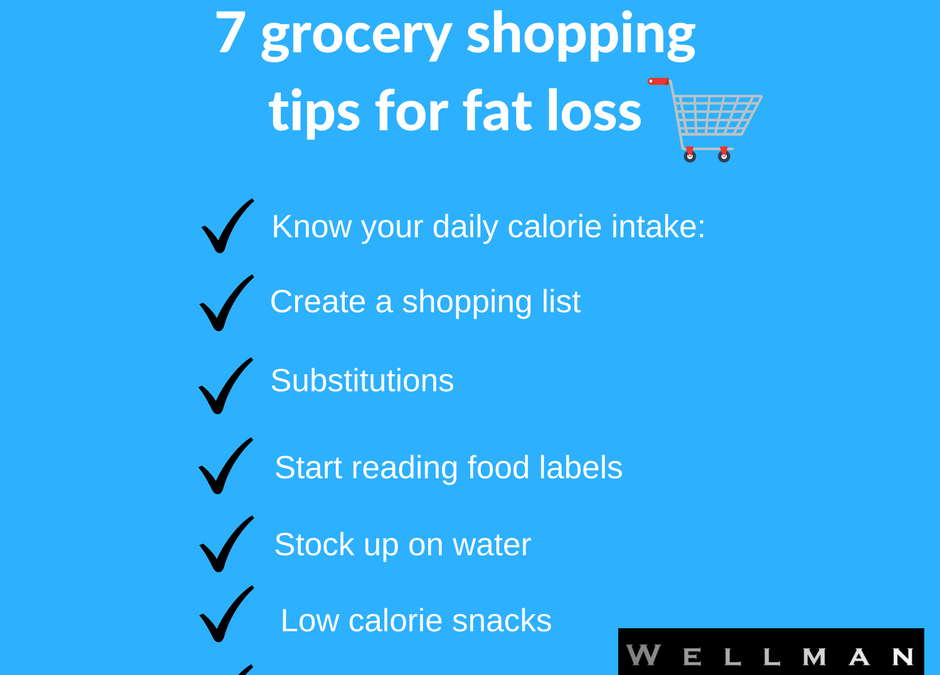1️⃣Know your daily calorie intake:
.
Knowing your daily calorie intake means you can start planning the kind of foods that you can incorporate into your diet. For example if you have low fats, then you need to focus on lean protein and carbs containing low fats.
.
2️⃣Create a shopping list:
.
You have identified your macros, now you can start planning ahead and create a list of foods that will help you reach your goal. Having some structure to your shopping list will mean you are more likely to get the foods that are going to be most beneficial to your goals.
.
3️⃣Substitutions:
.
What do you really like? What would you like to incorporate into your diet? The majority of the time, there is always a lower calorie substitute if you do your home work e.g. almond milk
.
4️⃣Start reading food labels:
.
Start learning about the contents of what you are putting in your mouth. You will be surprised at how high some of the calories are in some of the foods you typically eat, therefore identifying one of the reasons you may be struggling to lose weight
.
5️⃣Stock up on water:
.
Everyone can do with upping their water intake, one of the fundamentals to any fat loss plan. Purchase a few 2 litre bottles of water for the week, that way you can gauge how much you have consumed during the day.
.
6️⃣Low calorie snacks:
.
There can be tough times when you are in a calorie deficit, there are times when you are going to get hungry and have cravings. Do your homework on snacks by reading food labels. Generally, I would advise sticking to snacks that are less than 150 calories.
7️⃣Protein:
The king of all macros, this needs to take top priority on your shopping list.


Recent Comments